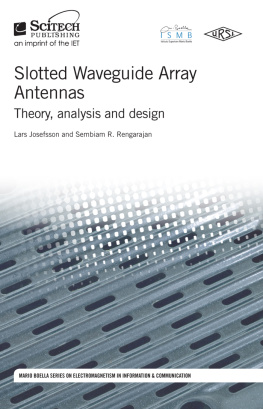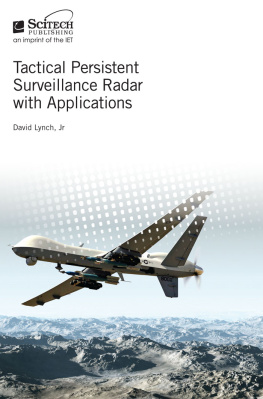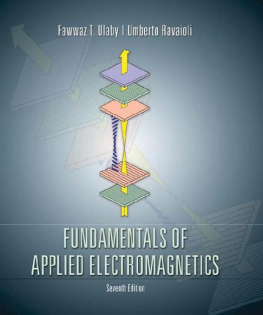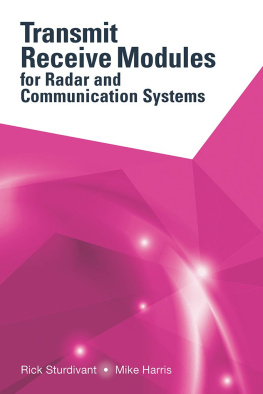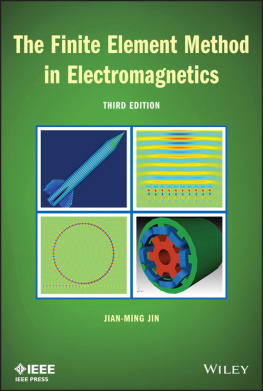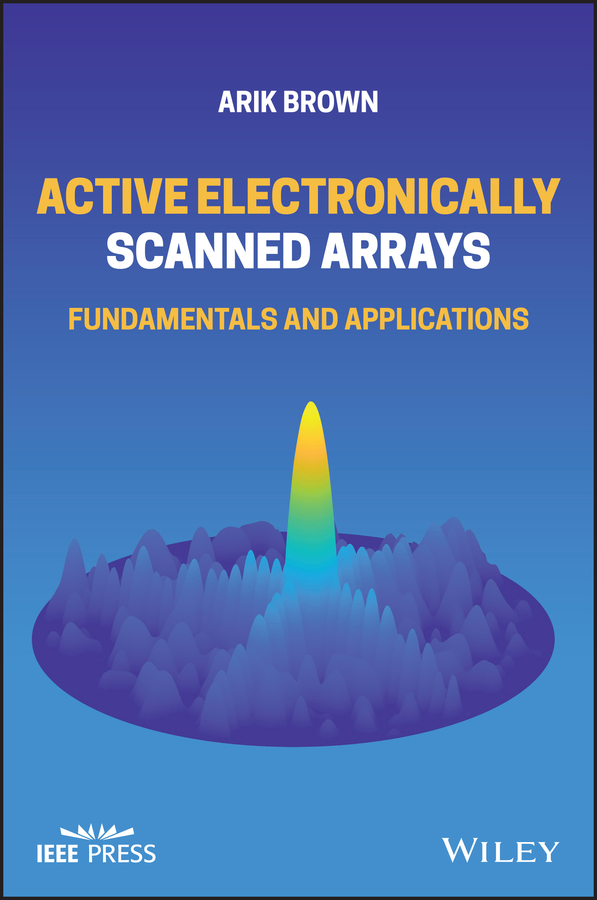Arik D. Brown - Active Electronically Scanned Arrays: Fundamentals and Applications
Here you can read online Arik D. Brown - Active Electronically Scanned Arrays: Fundamentals and Applications full text of the book (entire story) in english for free. Download pdf and epub, get meaning, cover and reviews about this ebook. City: Hoboken, year: 2021, publisher: Wiley-IEEE Press, genre: Science / Computer. Description of the work, (preface) as well as reviews are available. Best literature library LitArk.com created for fans of good reading and offers a wide selection of genres:
Romance novel
Science fiction
Adventure
Detective
Science
History
Home and family
Prose
Art
Politics
Computer
Non-fiction
Religion
Business
Children
Humor
Choose a favorite category and find really read worthwhile books. Enjoy immersion in the world of imagination, feel the emotions of the characters or learn something new for yourself, make an fascinating discovery.

- Book:Active Electronically Scanned Arrays: Fundamentals and Applications
- Author:
- Publisher:Wiley-IEEE Press
- Genre:
- Year:2021
- City:Hoboken
- Rating:3 / 5
- Favourites:Add to favourites
- Your mark:
Active Electronically Scanned Arrays: Fundamentals and Applications: summary, description and annotation
We offer to read an annotation, description, summary or preface (depends on what the author of the book "Active Electronically Scanned Arrays: Fundamentals and Applications" wrote himself). If you haven't found the necessary information about the book — write in the comments, we will try to find it.
In Active Electronically Scanned Arrays: Fundamentals and Applications, electromagnetics expert Dr. Arik D. Brown delivers a foundational treatment of active electronically scanned arrays (AESAs) ideal for engineering students and professionals. The distinguished author provides an overview of the primary subsystems of an AESA and detailed explanations of key design concepts and fundamentals for subsystems, including antenna array elements, transmit/receive modules, and beamformers.
Performance results for various AESA architectures often found in industry, including analog, subarrayed, and digital beamforming AESAs, are discussed. With a focus on practical knowledge and applications, Active Electronically Scanned Arrays: Fundamentals and Applications offers an accessible overview of a technology critical to the implementation of collision avoidance in cars, air surveillance radar, communication antennas, and defense technologies.
The book also includes:
- A thorough introduction to AESAs, including a top-level block diagram view and explanations of key components and subsystems
- Detailed explanations of the impact of AESAs on mission applications including Radar, Electronic Attack (EA), Electronic Support Measures (ESM), SIGINT and Communications
- Comprehensive explorations of antenna array elements, transmit/receive modules, and beamformers including their purpose, functions, and practical design considerations
- In-depth examinations of AESA architecture performance for current and future systems
- Utility of AESAs for implementing adaptive beamforming for Electronic Counter-Countermeasures (ECCM)
Perfect for electrical engineers working with active electronically scanned arrays, electronic warfare technologies, radar, or communications, Active Electronically Scanned Arrays: Fundamentals and Applications will also prove to be an invaluable resource for defense students undertaking military education and training.
Arik D. Brown: author's other books
Who wrote Active Electronically Scanned Arrays: Fundamentals and Applications? Find out the surname, the name of the author of the book and a list of all author's works by series.


